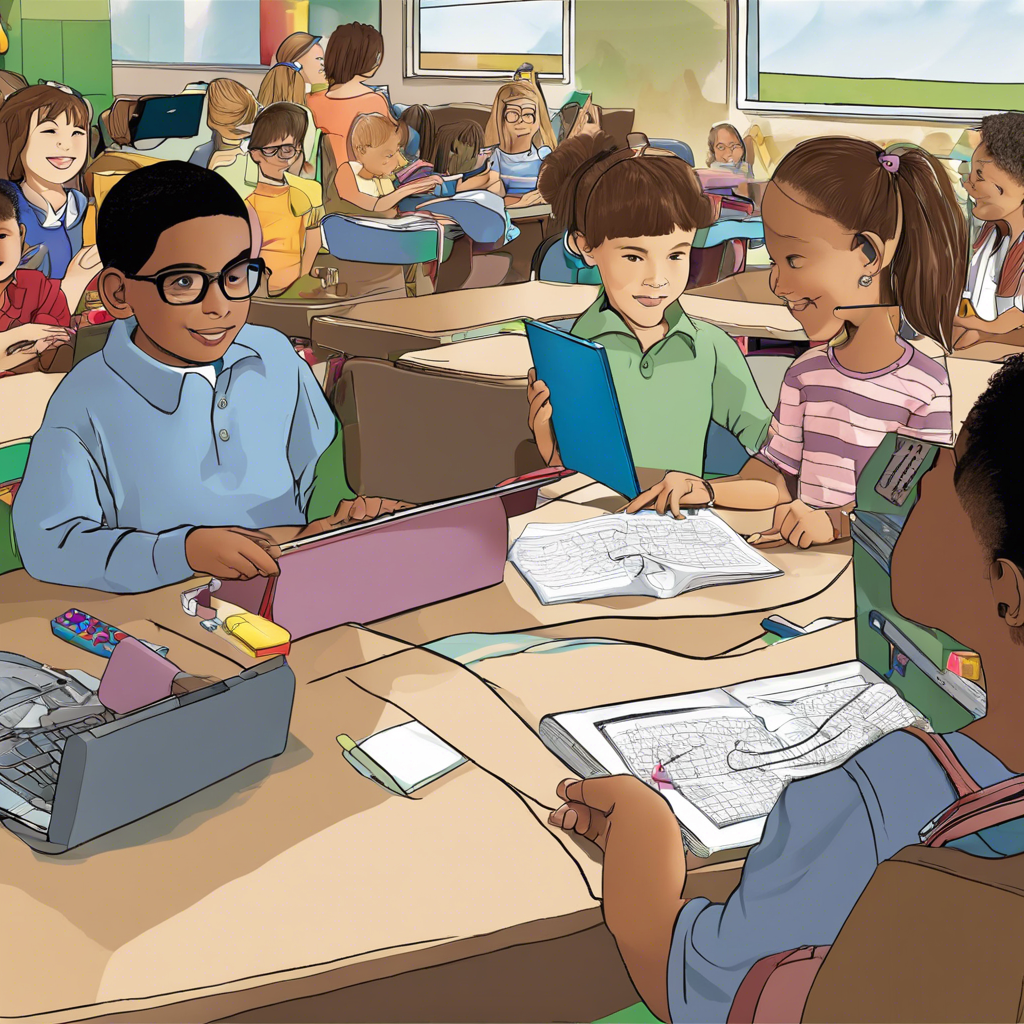Educational technology enhances special education, improving accessibility and engagement, and catering to diverse learning styles and needs.
In today’s rapidly evolving educational landscape, technology has become an indispensable tool, especially in special education, where individualized instruction is crucial. Educational technology, or edtech, encompasses a wide range of digital tools and resources designed to enhance teaching and learning experiences. This article explores how edtech is revolutionizing special education by improving accessibility, engagement, and personalized learning for students with diverse needs.
The Benefits of Educational Technology in Special Education
Educational technology offers a multitude of advantages for special education settings, enabling teachers to provide a more inclusive and personalized learning environment.
Improved Accessibility
One of the most significant benefits is the enhanced accessibility it brings to students with disabilities. Assistive technologies, such as text-to-speech software and screen readers, bridge the gap for students with visual impairments, learning disabilities, or physical challenges. These tools enable them to access educational materials and engage in learning activities alongside their peers. For example, tools like Natural Readers offer text-to-speech functionality, making digital content accessible to all learners.
Personalized Learning Experiences
Edtech also empowers educators to create customized learning experiences tailored to each student’s unique needs. With the use of learning management systems (LMS) and adaptive software, teachers can provide differentiated instruction, ensuring that each student progresses at their own pace. For instance, platforms like Edmodo facilitate personalized learning paths, allowing students to access the right level of challenge and support when needed.
Increased Engagement and Motivation
Furthermore, educational technology has the potential to boost student engagement and motivation. Interactive lessons, gamified activities, and multimedia resources make learning more interactive and enjoyable. Online simulations and virtual reality (VR) experiences can transport students to historical events, far-off locations, or scientific experiments, making abstract concepts more tangible and memorable. This immersive learning approach can be particularly beneficial for students with attention challenges.
Some popular edtech tools for engagement include:
- Kahoot: A game-based learning platform that makes it easy to create and share fun learning games or trivia quizzes.
- Quizlet: A user-friendly learning tool that helps students practice and master whatever they are learning.
- Mentimeter: An innovative presentation software that transforms presentations into a two-way dialogue with the audience.
Implementing Educational Technology in Special Education Settings
Teacher Training and Support
To maximize the benefits of educational technology in special education, teacher training and support are essential. Educators need access to professional development opportunities that equip them with the skills and knowledge to integrate technology effectively. Schools should provide ongoing training sessions, workshops, and resources to help teachers stay up-to-date with the latest tools and best practices.
Choosing the Right Tools
Selecting the most appropriate edtech tools for special education requires careful consideration. Educators should evaluate each tool’s accessibility features, compatibility with existing systems, and ability to support diverse learning needs. It is essential to choose tools that are customizable, allowing for personalized adjustments to meet individual students’ requirements.
Considerations when choosing edtech tools:
- Accessibility: Ensure tools have built-in accessibility features to support diverse learners.
- Compatibility: Check that tools can integrate seamlessly with existing school systems and infrastructure.
- Student Privacy: Prioritize tools that adhere to strict data privacy and security standards.
Questions and Answers
How can educational technology support students with different learning styles in special education?
Educational technology offers a wide range of resources to cater to various learning styles. For visual learners, edtech provides multimedia content, infographics, and videos. Auditory learners benefit from text-to-speech features and podcasts, while kinesthetic learners can engage with interactive simulations and hands-on activities.
What are some examples of assistive technologies that can be used in special education classrooms?
Assistive technologies are specialized tools designed to support students with disabilities. Examples include screen readers for visually impaired students, speech-to-text software for students with writing challenges, and voice recognition tools for those with physical disabilities. These technologies enable students to access and engage with educational content more effectively.
How can schools ensure the effective implementation and integration of educational technology in special education?
Effective implementation requires a comprehensive approach. Schools should establish clear goals for edtech integration, provide ongoing professional development for teachers, and involve parents and caregivers in the process. Regular evaluation and feedback from all stakeholders help identify areas for improvement and ensure the successful integration of technology in special education.
Conclusion
Educational technology plays a pivotal role in transforming special education by improving accessibility, engagement, and personalized learning experiences. With the right tools and support, educators can create inclusive learning environments that cater to the diverse needs of all students. As technology continues to advance, its potential to enhance special education and improve learning outcomes for students with disabilities is limitless. By embracing edtech and providing the necessary training and resources, schools can unlock the full potential of every learner, ensuring a brighter future for all.
